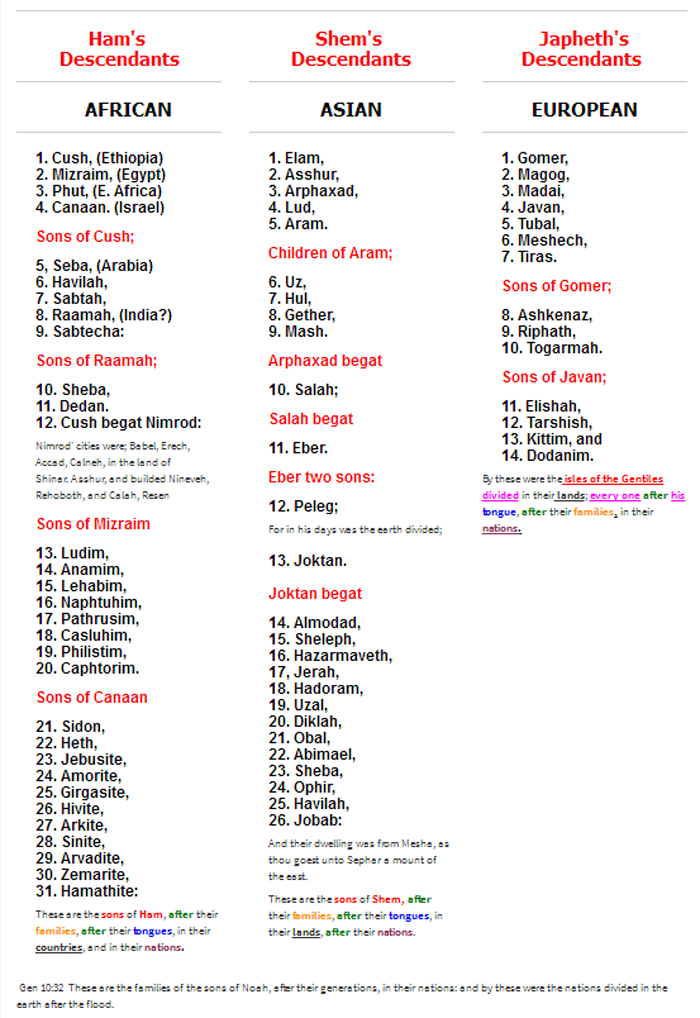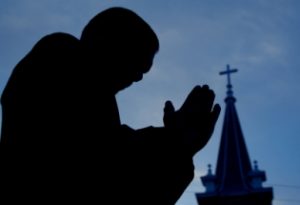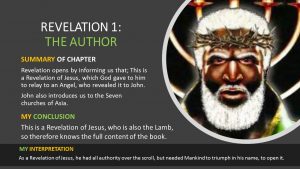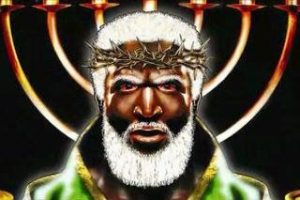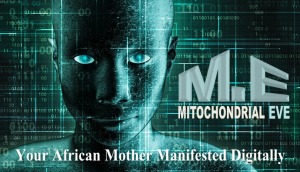
The Holy Bible – Karastology Study of Nations
Some of the specific nations in the Bible of particular relevance within Karastology
As we have already mentioned The Temple of Yahshuah, take a specific interest into the study of the tribes and nations, mentioned within the Holy Bible, particularly when they can be clearly identified as African or of clear and direct African descent. We have also stated that African people make up at least 95% of the Tribes featured throughout the Bible. In addition to these statements we have also made it clear that we also accept the divisions of ethnicity or tribes, based upon the Biblical categorisation, ie. Ham, Shem & Japheth, but reject totally, on all bases, both current scientific and religious usage in our modern age that totally disregards the biblical text.
Below we provide the Table of Nations from Genesis 10, through this Table alone much can be learnt, reserched and understood about the true influences of nations and tribes that feature in the Holy Bible.
Nations Descended from Noah
Gen 10:1 Now these are the generations of the sons of Noah, Shem, Ham, and Japheth: and unto them were sons born after the flood.
Ham’s
Descendants
AFRICAN
1. Cush, (Ethiopia)
2. Mizraim, (Egypt)
3. Phut, (E. Africa)
4. Canaan. (Israel)
Sons of Cush;
5, Seba, (Arabia)
6. Havilah,
7. Sabtah,
8. Raamah, (India?)
9. Sabtecha:
Sons of Raamah;
10. Sheba,
11. Dedan.
12. Cush begat Nimrod:
Nimrod’ cities were; Babel, Erech, Accad, Calneh, in the land of Shinar. Asshur, and builded Nineveh, Rehoboth, and Calah, Resen
Sons of Mizraim
13. Ludim,
14. Anamim,
15. Lehabim,
16. Naphtuhim,
17. Pathrusim,
18. Casluhim,
19. Philistim,
20. Caphtorim.
Sons of Canaan
21. Sidon,
22. Heth,
23. Jebusite,
24. Amorite,
25. Girgasite,
26. Hivite,
27. Arkite,
28. Sinite,
29. Arvadite,
30. Zemarite,
31. Hamathite:
These are the sons of Ham, after their families, after their tongues, in their countries, and in their nations.
Shem’s
Descendants
ASIAN
1. Elam,
2. Asshur,
3. Arphaxad,
4. Lud,
5. Aram.
Children of Aram;
6. Uz,
7. Hul,
8. Gether,
9. Mash.
Arphaxad begat
10. Salah;
Salah begat
11. Eber.
Eber two sons:
12. Peleg;
For in his days was the earth divided;
13. Joktan.
Joktan begat
14. Almodad,
15. Sheleph,
16. Hazarmaveth,
17, Jerah,
18. Hadoram,
19. Uzal,
20. Diklah,
21. Obal,
22. Abimael,
23. Sheba,
24. Ophir,
25. Havilah,
26. Jobab:
And their dwelling was from Mesha, as thou goest unto Sephar a mount of the east.
These are the sons of Shem, after their families, after their tongues, in their lands, after their nations.
Japheth’s Descendants
EUROPEAN
1. Gomer,
2. Magog,
3. Madai,
4. Javan,
5. Tubal,
6. Meshech,
7. Tiras.
Sons of Gomer;
8. Ashkenaz,
9. Riphath,
10. Togarmah.
Sons of Javan;
11. Elishah,
12. Tarshish,
13. Kittim, and
14. Dodanim.
By these were the isles of the Gentiles divided in their lands; every one after his tongue, after their families, in their nations.
Africans Descended from Abraham
Through the Science of Karastology we study and claim all nations or tribes, in the Bible, including those directly mixed with Hebrew’s, as African, if the linage began, with a Daughter of the Tribe of Ham, i.e. Ethiopian, Egyptian or Canaanite.
Here is a lists of these African Nations or Tribes
Ishmael
Hagar & Abraham
Gen 25:12-15
1. Nebajoth
2. Kedar
3. Adbeel
4. Mibsam
5. Mishma
6. Dumah
7. Massa
8. Hadar
9. Tema,
10. Jetur
11. Naphish
12. Kedemah
Now these are the generations of Ishmael, Abraham’s son, whom Hagar the Egyptian, Sarah’s handmaid, bare unto Abraham:
Manasseh
Asenath & Joseph
Num 1:10
1. Pedahzur.
2. Gamaliel
(son of Pedahzur)
Num 26:29
3. Machir,
(Machirites)
4. Gilead
(son of Machir; of the Gileadites)
5. Hepher
(son of Gilead)
Num 13:11
6. Susi
7. Gaddi
(son of Susi).
Keturah
Keturah & Abraham
Gen_25:1
Then again Abraham took a wife, and her name was Keturah.
1Ch 1:32 – 33
Now the sons of Keturah, Abraham’s concubine: she bare
1. Zimran,
2. Jokshan,
3. Medan,
4. Midian,
5. Ishbak,
6. Shuah.
Sons of Jokshan;
7. Sheba,
8. Dedan.
Sons of Midian;
9. Ephah,
10. Epher,
11. Henoch,
12. Abida,
13. Eldaah.
All these are the sons of Keturah.
Tribes of Midian
Num 10:29
And Moses said unto Hobab, the son of Raguel the Midianite, Moses’ father in law,
1. Raguel
(Reuel & Jethro)
2. Hobab
The Kenite
Jdg 4:17
3. Heber
(Jael his wife)
1Ch 2:55
4. Tirathites,
5. Shimeathites,
6. Suchathites.
Num 31:8
Kings of Midian
7. Evi,
8. Rekem,
9. Zur,
10. Hur,
11. Reba
Jdg 8:5
12. Zebah
13. Zalmunna
Jer_35:18
14. Rechabites
These Kenites of the house of Rechab, that came of Hemath and dwelt at Jabez; (1Ch 2:55)
Eliezer
Zipporah & Moses
1Ch 23:14
Now concerning Moses the man of God, his sons were named of the tribe of Levi.
1. Rehabiah
1Ch 24:21
Concerning Rehabiah: of the sons of Rehabiah, the first was
2. Isshiah.
(Izharites)
3. Shelomoth
4. Jahath.
(And the sons of Hebron);
5. Jeriah (1st),
6. Amariah (2nd),
7. Jahaziel (3rd),
8. Jekameam (4th).
Of the sons of
9. Uzziel;
10. Michah
11. Shamir.
(sons of Michah)
12. Isshiah
(brother of Michah)
of the sons of Isshiah;
13. Zechariah.
14. Merari
The sons of Merari
15. Mahli
16. Mushi:
the sons of Merari by Jaaziah;
17. Beno.
18. Shoham
19. Zaccur
20. Ibri
Of Mahli came
21. Eleazar,
(had no sons).
22. Kish
23, Jerahmeel.
(son of Kish)
The sons also of Mushi; Mahli
24. Eder,
25. Jerimoth.
These were the sons of the Levites after the house of their fathers.
Ephraim
Asenath & Joseph
Num 1:10
1. Ammihud:
2. Elishama
(son of Ammihud)
Num 26:35
3. Shuthelah,
(Shuthalhites)
4. Becher,
(Bachrites)
5. Tahan,
(Tahanites)
Num 13:8
6. Nun
7. Oshea
(son of Nun)
Num 34:24
8. Shiphtan
9. Kemuel
(son of Shiphtan)
1Ch 27:10
10. Helez
(the Pelonite)
11. Benaiah
(the Pirathonite)
1Ch 27:20
12. Hoshea
(son of Azaziah: of the half tribe of Manasseh)
2Ch 28:12
13. Johanan
14. Azariah
(son of Johanan)
15. Meshillemoth
16. Berechiah
(son of Meshillemoth)
17. Shallum
18. Jehizkiah
(son of Shallum)
19. Hadlai
20. Amasa
(son of Hadlai)
African Nations & Tribes in the Bible a Summary
As can be seen from the above lists there are a vast amount of nations and tribes in the Bible that have specific roots to African (Ham) people, either through direct descent or indirectly, as with the Children of Keturah, based upon their location (Arabia) and other bible associations.
Obviously there are many other Tribes and Nations in the Holy Bible that are both direct and indirectly linked to Ham and therefore are here classified African people. However the lists presented above, are provided only as a starting point and as a foundation from which to studying tribes and nations in the Holy Bible, through the Science of Karastology.
It is hoped that through this approach researchers will begin to develop an appreciation for the true role of African nations and tribes in the Bible. It is therefore recommended that researchers familiarise themselves with the story’s of these tribes, as they are found in the Bible, by researching each, name whether individual, tribe or nation, independently to ascertain the facts concerning them and their significance in the Bible narrative. Many articles, material and resources are featured through the Temple of Yahshuah website that relate specifically to many of these nations and tribes that can help researchers in their own quest. Therefore please visit these pages to learn more.
